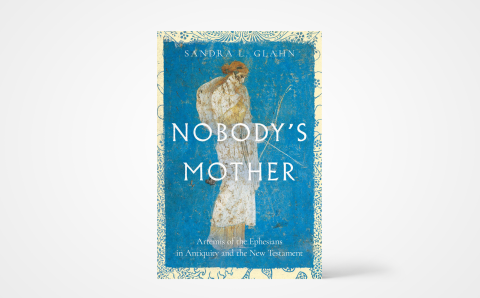Bricks and cement blocks are heaped in one pile, scrap iron in another. Casement windows are stacked in the parking lot. One wall is gone, exposing the sanctuary, now filled with a massive pile of broken lumber, to wind and rain. Pink-glazed windows on the far wall wait to be removed.
A church is being demolished. Its doors have been closed for almost a decade. But here songs were sung, prayers prayed, sermons preached, marriage vows declared, baptismal water splashed on babies’ foreheads, coffee socials enjoyed, meetings attended, and more—so much more—took place within those walls amid laughter and tears, solemnity and levity.
Is this defeat? A church razed after it was raised in joy and promise decades ago? Is this downfall? A church torn down after it was born of God’s power with the people’s desire to build up God’s kingdom here on earth as it is in heaven? Is this hopelessness? A church broken after it was built on the hope and foundation of God’s providence and presence?
A song whispers: “The church is not a building, the church is not a steeple, the church is not a resting place, the church is a people” (Richard K. Avery and Donald S. March, “We Are the Church”). The church is a people—not brick and mortar, not stained-glass windows and a carved wooden cross mounted on a sanctuary wall, not a baptismal font and a pulpit, not pews and hymnals. No—a people! For those who grapple with defeat, a sense of downfall, and hopelessness, the apostle Paul’s words to the church in Ephesus focus on the true church building: “Consequently, you are no longer foreigners and strangers, but fellow citizens with God’s people and also members of his household, built on the foundation of the apostles and prophets, with Christ Jesus himself as the chief cornerstone. In him the whole building is joined together and rises to become a holy temple in the Lord. And in him you too are being built together to become a dwelling in which God lives by his Spirit” (Eph. 2:19-20).
Are there tears when churches face endings? Are there fears when what once seemed stable, strong, and possible is demolished? Of course. But where tears and fears loom large, renewed vision focused on the Word of God cheers the children of God onward. The apostle Peter instructs and comforts us: “As you come to him, the living Stone—rejected by humans but chosen by God and precious to him—you also, like living stones, are being built into a spiritual house to be a holy priesthood, offering spiritual sacrifices acceptable to God through Jesus Christ” (1 Pet. 2:4-5).
We are living stones—not stones vulnerable to an excavator’s tearing steel jaw, nor stones that crumble under the onslaught of the elements, but living stones who are living life for God with other living stones, together being built into a spiritual house where spiritual sacrifices—acts of love and mercy for the building of God’s kingdom—are offered for God’s glory. Hymnist James E. Seddon encourages God’s living stones to look upward and to move onward: “Church of God, elect and holy, be the people he intends, strong in faith and swift to answer each command your Master sends. Royal priests, fulfill your calling through your sacrifice and prayer; give your lives in joyful service, sing his praise, his love declare” (“Church of God, Elect and Holy,” Lift Up Your Hearts #252).
About the Author
Sonya VanderVeen Feddema is a freelance writer and a member of Covenant CRC in St. Catharines, Ontario.









